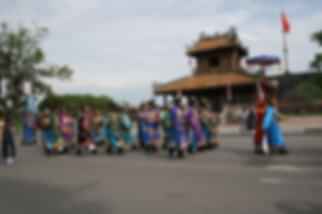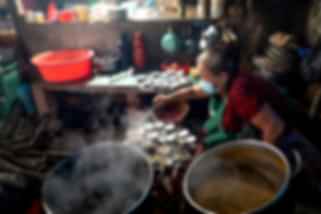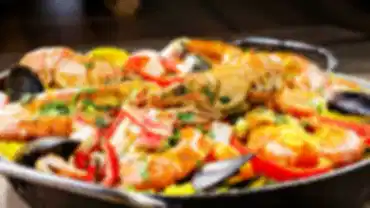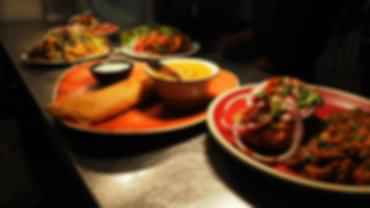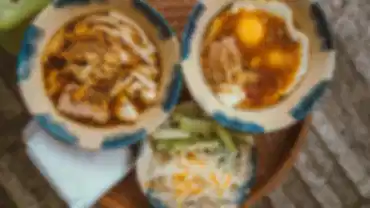Vietnamese Food Guide 2026: Discover Vietnam’s Cuisine, Culture & Flavours
Author
Anvie Shrivastava
Updated Date
October 29, 2025
Read
7 minutes
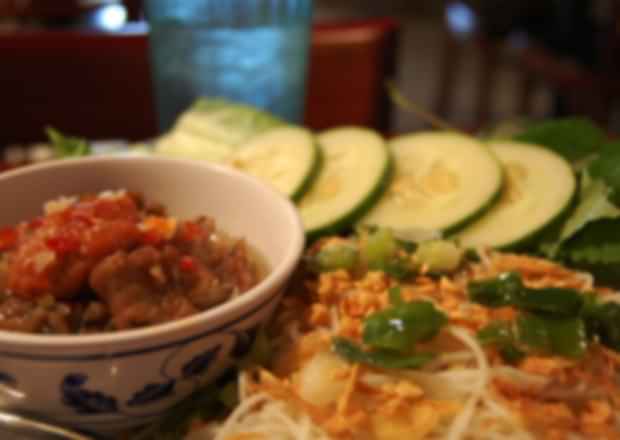
Vietnamese food is not merely a national dish, but a philosophy of taste and harmony. Each meal offers a balance, as sweet, salty, sour, and spicy are not in conflict. From the broths of the gentle Hanoi to the spicy noodle soup of Hue and the herbal-laden street food of Saigon. The cuisine of Vietnam can be both light, layered, and both satiating and fulfilling simultaneously. At its core, Vietnamese traditional food is all about contrast and freshness. This is a two-sidedness that characterises the food culture in Vietnam.
Regional Vietnamese Cuisine Guide: North, Central & South Vietnam
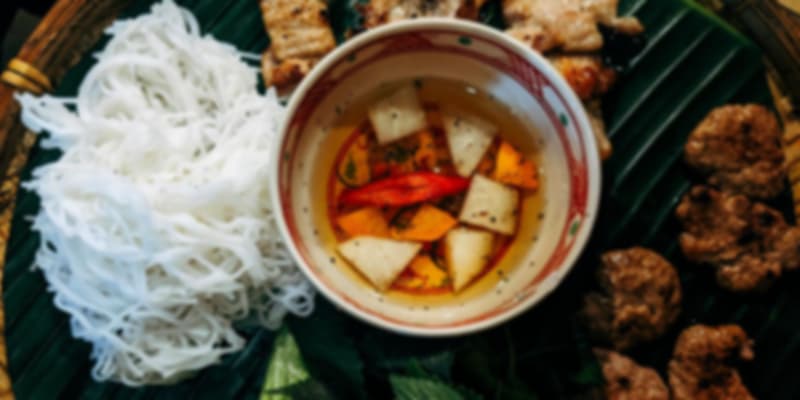
Just as Vietnam stretches from misty mountains to tropical deltas, its flavours shift regionally, each zone shaping its own culinary personality.
Northern Vietnamese Food: Light, Clear & Balanced Flavours
- Special meals: Pho (beef or chicken noodle soup), Bun Thang (layered chicken and ham noodles) and Cha Ca (grilled fish with dill).
- Flavour profile: Mellow, balanced and aromatic. Broths are transparent, seasoning is reserved.
- Style: It is all about quality ingredients, fewer spices, and something elegant that exists due to colder climates.
Central Vietnamese Food: Spicy, Royal & Rich
- Food speciality: Bun Bo Hue (spicy beef noodle soup), Mi Quang and Banh Beo (steamed rice cakes and shrimp).
- Taste profile: Rich, full and exquisitely sophisticated.
- Style: Hue royal and royal heritage influences the central Vietnamese food because it is highly regarded in terms of presentation, spiciness, and richness- the kings are shrimp paste, lemongrass and chili.
Southern Vietnamese Food: Sweet, Fresh & Tropical
- Food specials: Banh Mi, Hu Tieu (pork or seafood noodle soup) and Com Tam (broken rice).
- Tasting profile: Indulgent, tropical and sweet, the coconut milk, palm sugar and fresh herbs are overabundant.
- Style: markets are full of fruits and vegetables; food is colourful, stacked, and malleable. The cuisine of Southern Vietnam glorifies hospitality and novelty.
Quick Guide:
- North = Subtle and clean.
- Central = Spicy and bold.
- South = Sweet and herb-filled.
Must-Try Vietnamese Dishes for Every Traveller
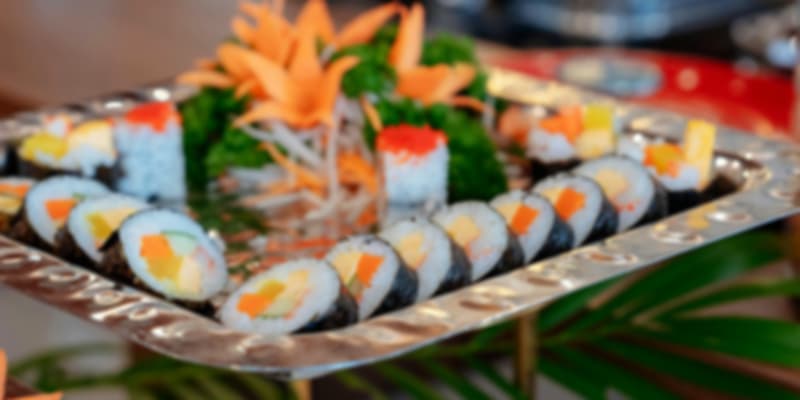
Every dish holds the history of Vietnam cuisine, with Chinese, French, Khmer, and Southeast Asian influences; however, all boiled down to an obsession with freshness and flavour balance of Vietnam. To learn the true Vietnamese food, one begins with the foods that have characterised it in various regions:
- Phở: This is the spirit of Vietnamese noodle food, slow-cooked broth, rice noodles, star anise, and herbs.
- Bánh Mìi: The East-West masterpiece – a French baguette with pickles, pork and pate.
- Bún Chả: Smoky grilled pork eaten with vermicelli, herbs and dipping sauce of Hanoi.
- Gỏi Cuốn (Vietnamese spring rolls): Rolls made of rice paper, filled with shrimp or tofu, noodles and herbs.
- Bánh Xèo: Crispy turmeric crepes filled with pork, shrimp, and bean sprouts.
- Cá Kho Tộ: Southern caramelised fish that is simmered in clay pots along with fish sauce and palm sugar.
- Cơm Tấm: Grilled pork, fried egg and pickled vegetables over broken rice.
- Chè: Bean soups, coconut milk and jellies, Vietnamese dessert soups – refreshing and surprising.
The Logic of Vietnamese Food Balance
One bite in Vietnamese food culture is based on the principle of yin and yang, which is hot and cold, wet and dry, cooked and raw. It’s a cuisine of intention, where even street food feels balanced by design. Foods are meant to bring back internal peace.
- Fish sauce (nước mắm) adds umami depth to nearly everything.
- Shrimp paste (mắm) gives a fermented punch to broths and stir-fries.
- Herbs like Thai basil, mint, and sawtooth coriander cut through richness.
- Sweeteners like palm sugar balance acid and spice.
- Acids from lime or tamarind sharpen and brighten.
Vietnamese Street Food & Market Culture
In case of desire to eat as a local, follow your nose – and the crowds. Vietnamese street food is not an appendix; it is the very essence of life.
- In Hanoi, visit Dong Xuan Market or the Old Quarter for Bún Chả and Phở Gà at dawn.
- In Hue, try Bánh Bèo and Mì Quảng from morning vendors.
- In Saigon, Ben Thanh Night Market bursts with Hủ Tiếu, Cơm Tấm, and sizzling snacks after sunset.
- Hoi An’s Central Market offers regional classics like Cao Lầu and white rose dumplings.
Street food has no danger here; it is a ritual. The places where the food is eaten are crowded with the locals, and this is a sign of being fresh. Get in with a wish to know and a wish to eat, and you will be able to eat better than a five-star restaurant can proclaim.
Vietnamese Pantry Essentials: Must-Have Ingredients for Authentic Cooking
A tour of true Vietnamese cooking begins with a pantry, simple, basic, and very aromatic.
Your Minimal Vietnamese Pantry:
- Fish sauce: The staple of Vietnamese food. Select brand products, such as high-quality ones.
- Shrimp paste (mắm): Salty, funky, and essential in Bún Bò Huế and stir-fries.
- Rice noodles and rice paper: The components of soups and rolls – do not use instant ones.
- Aromatics: Lemongrass, garlic, shallots and galangal- freeze to be used later.
- Vietnamese herbs: Thai basil, coriander, sawtooth, mint -freshness is important.
- Coconut milk, palm sugar, rice, Tapioca flour: To be used in desserts and batters.
Pro Tip: Mini masterclasses of both taste and culture, should you be travelling, would be found in Dong Xuan (Hanoi), Ben Thanh (Saigon) and Hoi An.
Vegan Vietnamese substitutions:
- Replace fish sauce with tamari + seaweed.
- Use miso or mushroom paste instead of shrimp paste.
- Choose tofu, mushrooms, or jackfruit as protein stand-ins.
Checkout: Vegetarian Dining in Vietnam
Vietnamese Cooking Techniques Explained
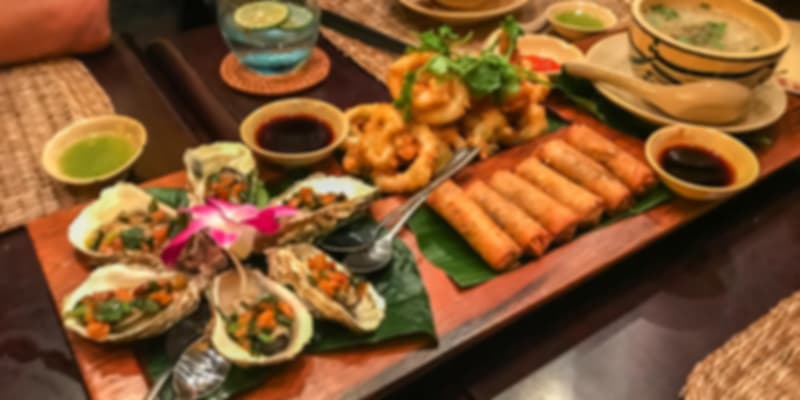
Understanding Vietnamese cooking techniques means respecting texture, temperature, and timing.
- Broth: The cornerstone. Parboil bones, char aromatics, simmer, and never stir. A clear pho broth is the mark of skill.
- Grilling: Charcoal-marinated meats flavoured with fish sauce, sugar, and garlic, smoky and caramelised.
- Braising: For dishes like Cá Kho Tộ, start with caramelised sugar before adding fish and sauce.
- Steaming & Stir-Frying: Quick, high heat retains freshness.
- Rolling & Wrapping: For spring rolls, dip rice paper briefly, fill tightly, and keep chilled before serving.
Quick Fixes:
- Cloudy broth? Skim more, stir less.
- Soggy Bánh Mì? Drain pickles, toast longer.
- Greasy soup? Chill and skim the fat.
Eat Like a Local: Food Travel in Vietnam
Vietnamese food travel is immersive; it’s how you understand the country’s rhythm.
Morning: Phở or Bún Riêu with iced coffee in a sidewalk café.
Afternoon: Market meals – rice dishes or noodles at open-air stalls.
Evening: Street snacks, grilled meats, or shared hot pots by the roadside.
Vietnam Food Travel Tips: How to Eat Like a Local
- It is always advisable to eat out where there is a lot of business, and the food must be fresh.
- Use bottled water with caution.
- Study several Vietnamese food expressions – it gains smiles and extra.
- There is no overpricing of food, a point of pride for vendors.
- Learn in a Vietnamese cooking course or a tourism food tour – this is the quickest way to acquire chef skills.
Vietnam Tour Package @ ₹ 36,199
Conclusion: The Taste of Vietnam Awaits
Vietnamese food is an adventure – not only a food adventure, but also a time, a custom, and an exploration. It is a cuisine that does not overpower but always astonishes, from the obvious broths of the North to the sweet and hot delicacies of the South. The only way to know about Vietnamese cuisine is to taste it, where the food is found in street markets, home kitchens, and small sidewalk shops, where recipes are more ancient than the tradition. Plan your next Vietnam tour packages with PickYourTrail to explore the culture, savour the local flavours, and at the same time taste the authenticity of its unique culinary delights.
FAQ’s
What are the must-try traditional Vietnamese dishes for first-time visitors?
Try Phở, Bánh Mì, Bún Chả, Bún Bò Huế, and Gỏi Cuốn; they represent Vietnam’s balance of flavours across regions.
What’s the difference between Northern and Southern Vietnamese cuisine?
Northern dishes are subtle and broth-focused; Southern ones are sweeter and herb-rich, while Central food leans spicy and complex.
What are the essential ingredients in a Vietnamese kitchen?
Keep fish sauce, shrimp paste, rice noodles, lemongrass, Vietnamese herbs, and palm sugar — these are your building blocks.
Where can I find the best Vietnamese street food markets?
Hanoi’s Old Quarter, Saigon’s Ben Thanh, Hue’s Dong Ba, and Hoi An’s Central Market are the best starting points for authentic Vietnamese street food.
How can I experience Vietnamese food culture as a traveller?
Join local cooking classes, take Vietnamese food tours, or book immersive PickYourTrail Vietnam food and travel packages to taste, cook, and explore like a local.
Recommended articles for you
Discover Packages


Need help in planning?
Talk to our Travel Experts


